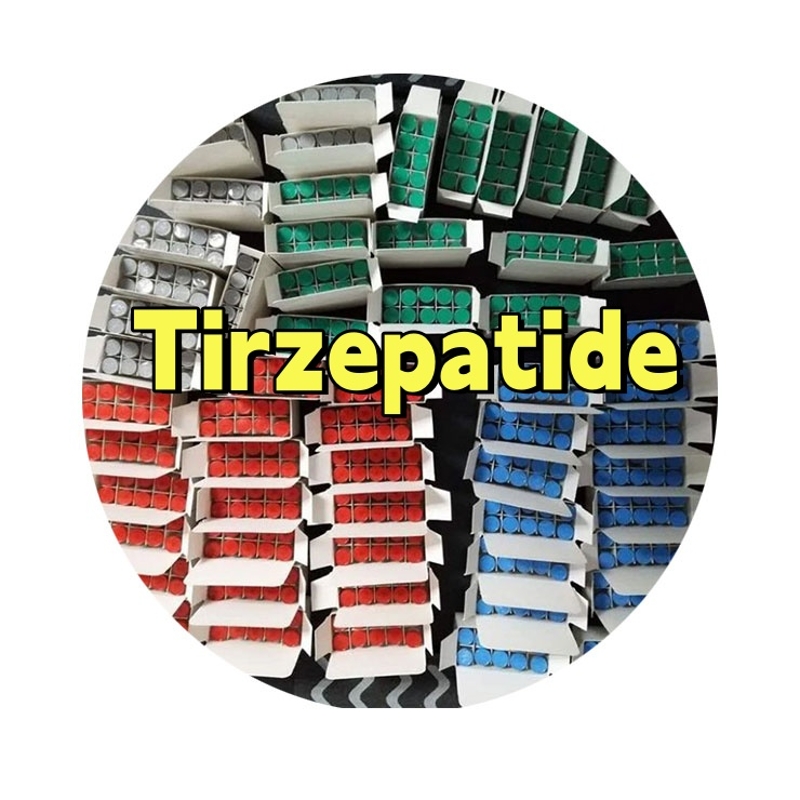-
Categories
-
Pharmaceutical Intermediates
-
Active Pharmaceutical Ingredients
-
Food Additives
- Industrial Coatings
- Agrochemicals
- Dyes and Pigments
- Surfactant
- Flavors and Fragrances
- Chemical Reagents
- Catalyst and Auxiliary
- Natural Products
- Inorganic Chemistry
-
Organic Chemistry
-
Biochemical Engineering
- Analytical Chemistry
-
Cosmetic Ingredient
- Water Treatment Chemical
-
Pharmaceutical Intermediates
Promotion
ECHEMI Mall
Wholesale
Weekly Price
Exhibition
News
-
Trade Service
The national health and Family Planning Commission recently released the report on nutrition and chronic diseases of Chinese residents (2015), which analyzed and evaluated the changes of nutrition and chronic diseases of Chinese residents in the past 10 years The report points out that in the past 10 years, with the continuous improvement of China's economic and social development and the level of health services, the nutritional level and health status of Chinese residents have been improving At the same time, the aging population, urbanization, the acceleration of industrialization, and unhealthy life style and other factors are also affecting people's health According to the report, in the past 10 years, the dietary and nutritional status of Chinese residents has improved In 2012, the average energy intake per person per day was 2172ka, protein intake was 65g, fat intake was 80g, carbohydrate intake was 301g The three major nutrients are sufficient for energy supply and energy needs have been met Compared with 2002, the malnutrition rate of adults was 6.0%, 2.5 percentage points lower The growth retardation rate and emaciation rate of children and adolescents were 3.2% and 9.0% respectively, 3.1 and 4.4 percentage points lower than that in 2002 However, the malnutrition rate of the elderly in rural areas is still high, and the malnutrition of young women in urban areas tends to increase In the group of children and adolescents, wasting is still the main malnutrition problem of children and adolescents aged 6 to 17 years old The major cities, small and medium-sized cities, ordinary rural areas and poor rural areas are aggravating in turn Wang Guoqiang, deputy director of the national health and Family Planning Commission, said that problems such as emaciation, anemia and malnutrition of children in poor areas need high attention At present, the national health and Family Planning Commission is studying and promoting nutrition legislation, integrating nutrition improvement into the functions of health and family planning government departments at all levels, and comprehensively promoting nutrition improvement Chang Jile, the national health and family planning supervisor of the disease prevention and Control Bureau of the national health and Family Planning Commission, pointed out that at present, there are two situations in the nutrition of Chinese residents On the one hand, the problem of malnutrition has not been completely solved, and a considerable number of children in poverty-stricken areas suffer from malnutrition; on the other hand, the problem of over nutrition is serious







